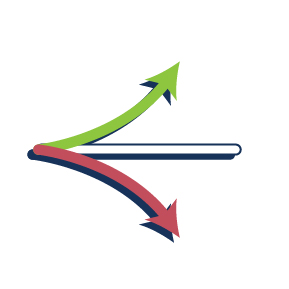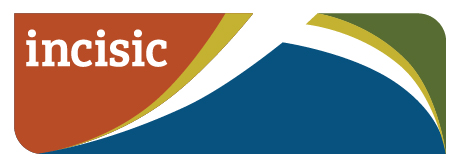There are some who will advocate that you pay off debt, at all costs. Having debt can even be portrayed as an evil thing. Debt can be positioned in your financial life in three different ways: Good debt, bad debt and debt that needs to be restructured. To counteract the negative connotations of debt, this blog will highlight some of the benefits and advantages of utilizing well thought out and reasonable debt.
The first, most often sited and easily recognizable benefit of debt is the potential for “spread.” In this context spread is the difference between the cost of debt, and what we believe we can earn on our money. For example if you can borrow money at 3% interest and you believe you can earn 5% by investing – your spread is 2%. Businesses do this routinely. They borrow other peoples money with the belief they can use the money to generate a higher rate of return.
Tax benefits are also often sited. If, for example you payed 5% to borrow money and you earned 5% on your money it would seem as first glance this is a wash. If the net tax benefit equaled 20% of the cost to borrow your net cost to borrow is 4% (5% x 20% = 1%) (5% – 1% = 4%). In this case you would experience a spread of 1%. Now let’s evaluate some additional advantages of debt which are seen once we dig deeper and evaluate finances in a more holistic way.
The first is what I refer to as the benefit of “the tail” on the end of the compound interest curve (CIC). The compound interest curve is the accumulation of money compounding over time. If we break the CIC into three phases (Start up, Accumulation, & Acceleration), it is the third phase which provides the real benefit of compounding. The only way to experience the third phase is to have enough time for money to compound. If you do not participate in this phase then you are giving up the real benefit of the CIC. If for example you take all your money to pay off your home in 15 years versus 30, the extra money you use to pay off the home in 15 years will participate for 15 less years in a CIC. This impact can have a dramatic affect on your overall wealth accumulating ability.

The next consideration is rate of return. It ties in directly with the length of the CIC curve. The longer you participate in an investment CIC the more predictable rates of return are. The reason is the longer you invest the less you are impacted by volatility. Another way to translate this is: The shorter the CIC, you participate in, the lower the probability of achieving a certain investment rate of return. With a longer CIC you can achieve the same accumulation results, with a lower assumed rate of return, because you are able to leverage the tail of the CIC. And this lower expected rate of return over a longer period of time is more probable to occur. If a higher rate of return on investments is not necessary it allows for more conservative investing therefore reducing investment risk. In this way maintaining debt may actually reduce risk in an overall financial plan.
Speaking of risk. One rationale provided for paying off a home is that lenders never foreclose on a home that does not have a mortgage. That is entirely true, but there is another risk associated with making extra payments toward a home, in order to pay it off early, which are not mentioned. If something terrible happens and a home is foreclosed on while a homeowner is trying to pay it off early the lender is going to keep any additional equity in the home the homeowner has accumulated by making extra payments. This is a risk. The alternative is to accumulate wealth in other ways and pay off a home in a lump sum later, if and when it makes sense. This diminishes this risk.
Inflation impacts all of us. The net result is the value of the dollar diminishes over time. When we secure debt with a fixed payment the cost of making that payment becomes discounted over time. Take a $2,000 mortgage payment. At a 3% inflation rate in only 10 years the net cost of that monthly payment is $1,488. If you paid off a home in 15 years versus 30 you forego the benefit of 15 years of increasingly discounted payments.
The final item to discuss is the importance of looking at various benefits which could be achieved by using the extra money which would have been used to pay off a debt early compared to other options in your financial world. The value of these benefits can only be seen through a macro economic assessment. They cannot be evaluated by simply accessing one approach. Here are some examples. If the difference in financial commitment is used to purchase Whole Life insurance on a breadwinner, premium waiver could be included on the contract. In the event of a qualifying disability the premium would be paid by the insurance company, therefore keeping the protection in place and continuing the growth of the cash value inside the insurance. This cash value is contributing toward wealth building. This portion of the financial plan is therefore self-completing in the event of a disability.
If this move replaced term life insurance it would also eliminate the lost opportunity costs and compounding impact of those costs on wealth building. If an insured does not die during the period the term insurance is in force all premiums paid, and any rate of return those dollars could have earned will never be recaptured in wealth building.

The life insurance could also be coordinated to pay off the home later, improve retirement income options, therefore increasing retirement income. Tax free dividends could also be used to supplement retirement income. These are just a few potential benefits. Can you see how there can be a rippling affect of positive benefits by choosing one financial move over another?
What can we conclude? It is much more complex than simply stating how smart it is to pay off all debt.
To check out additional resources to learn more about the subjects discussed in this blog check out Incisic.com

…Financial Well-Being through Sound Instruction